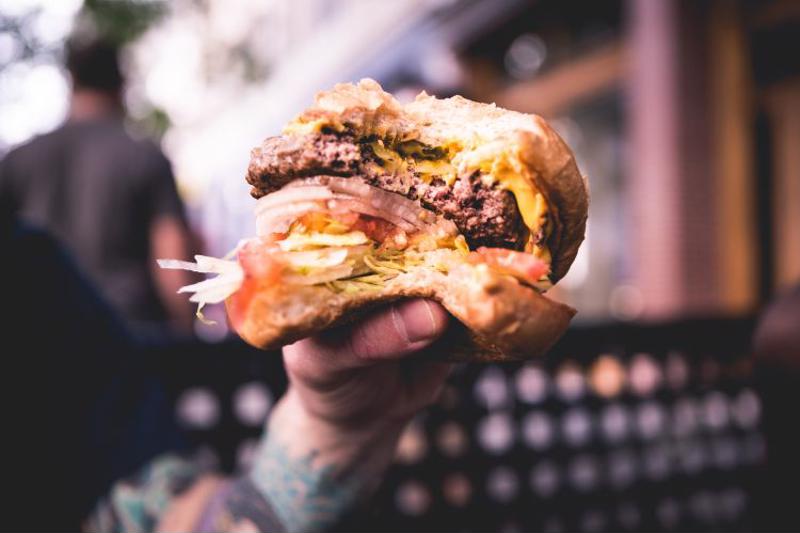Any Austin culinary arts enthusiast is likely to spend some time thinking about the ingredients and techniques that go into crafting the ideal hamburger. However, it’s becoming increasingly clear that when it comes to making a delicious, satisfying burger, meat is optional. Quality alternatives such as black bean, portobello and soy patties have appeared on the scene, with chefs finding countless creative ways to turn out a classic entree with a revamped main ingredient.
Tasty, vegetarian-friendly substitutes continue to emerge, transforming the way we talk about burgers and staking their place in restaurant kitchens. Over the past few years, one of the most promising developments in the pursuit of a more convincing stand-in for beef has been the use of heme. This molecule has proven to be a key factor in making a patty more like the real thing, so cooking professionals should familiarize themselves with the latest advancements in burger science.
Does the chemical make the burger?
“Heme is an iron-rich molecule that’s an important part of ground beef.”
When the California-based company Impossible Foods set out to replicate the smell and texture of a juicy slab of meat in a vegetarian patty, the food scientists leaned heavily on the authenticity of heme. This key ingredient is such a powerful force in the world of vegetarian patties because it’s an iron-rich molecule that’s an important part of ground beef. Heme naturally occurs in the protein hemoglobin in an animal’s blood or myoglobin in the muscle.
Since heme contributes to both the color and the flavor of meat, incorporating it into a veggie alternative makes for a far more convincing replacement. Using genetically modified yeast and a process of fermentation, Impossible Foods creates the soy protein leghemoglobin, which – as the name implies – contains heme. Wired explained the production process combines this essential molecule with a variety of other compounds chosen to convincingly replicate the aromas and textures of a traditional burger.
The result is a patty that seems far more like ground beef than other vegetarian replacements. When you throw it onto the grill, you hear an enticing sizzle, and it’s remarkably juicy when you sink your teeth in. The Beyond Meat brand has shown that it’s possible to achieve a similar effect of meat bleeding as you bite into it by using beet juice extract, but it won’t have the same smell without the heme.
 A veggie burger with the right toppings is an awesome experience.
A veggie burger with the right toppings is an awesome experience.The advantages of a heme-based alternative
There are several reasons why many chefs embraced making veggie burgers with heme. The most obvious benefit is making more of the enjoyment that comes with cooking and devouring a classic burger available to people who don’t eat meat. However, there are other advantages that come with a shift toward these soy-based substitutes.
Producing Impossible Burgers requires a small fraction of the land necessary for maintaining livestock. The process also involves using less water and gives off a much smaller amount of greenhouse gases. As a result, some see this way of making food as a model for a more environmentally friendly approach that still allows diners to enjoy the tastes they love.
Furthermore, restaurants that specialize in decadent, visually stunning meat creations have added the Impossible Burger to their menus with impressive results. Select Umami Burger locations offer a take that features two of veggie patties topped with caramelized onions, American cheese, miso mustard, dill pickles, lettuce, tomato and the house spread. Chicago’s palace of heavy metal and meat, Kuma’s Corner, offered its first ever vegan option by debuting the Converge, which includes a six-ounce Impossible Burger patty, cherry tomato jam, avocado mash, baby arugula, red onion, a roasted garlic vegan mayonnaise and vegan cheddar.

